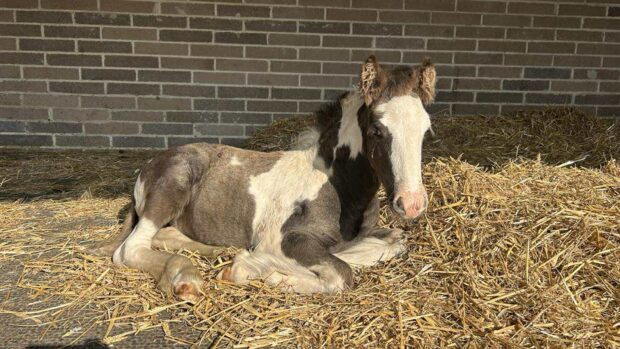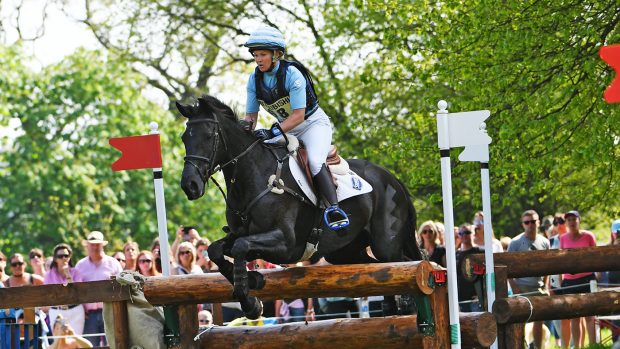A foal’s first few months can be the most important of his life and correct routine foot trimming can make all the difference between good and faulty conformation.
All normal foals are born with an outward rotation on all four limbs. This rotation is visually exaggerated by a narrow chest, giving the foal its own type of conformation. It is a mistake to judge a foal’s conformation against that of an adult horse, as it is totally different.
Towards the end of its first year,its chest will have broadened and the forelimbs rotated to face forward, making its conformation closer to that of a small horse.
Many foals are born with slight conformation faults but, as these usually correct themselves within weeks of birth, it is best to wait for about a month before making a detailed assessment, unless something is obviously wrong.
The outward rotation makes it difficult to judge the straightness of each limb when standing in front of the foal. Instead, you have to stand directly in front of each individual limb. From this position it is possible to check visually for straightness.
Getting the foal to stand straight and square is best achieved by observing the foal loose at the side of its dam on a level surface.
Because of the way in which limbs grow, the first six months are critical in the foal’s development. Bone only grows at certain sites within the length of the bone shaft, which are called physis or growth plates.
A foal’s joints will always look larger than those of a mature horse, because of the positioning of the growth sites near to the joints. While the physis are actively growing, they are larger than the surrounding bone, giving the characteristically enlarged joints seen in foals.
An actively growing physis will respond to weight or stress placed on it; it is through this that the foal’s development responds to these demands. While it works when the loading is normal, it causes problems when the limbs receive excessive stress which prevents them from correcting themselves.
Growing up
The growth plates are first active in the pastern and fetlock area when the foal is between three to six months old, then the knee region between 12-24 months and, finally, the upper limb before maturity.
It is difficult to give precise growth activity ages, as they differ between breeds and even individual foals. Radiographs will show if a particular physis is active and will indicate some abnormalities.
Trimming feet
The fact that the growth plates are first active in the lowest part of the limb shows the importance of trimming a foal’s feet regularly. Keeping the feet level and balanced allows the physis to grow correctly.
If one side of the foal’s hoof wears incorrectly or a piece of hoof breaks off, this will cause uneven loading on the active growth plate, which will respond by growing on one side more than the other.
The lower physis will harden into bone or “close”. Any uneven weight distribution cannot be absorbed by the closed physis and will be transmitted up the limb to the next active physis, compounding any lower limb deformity.



